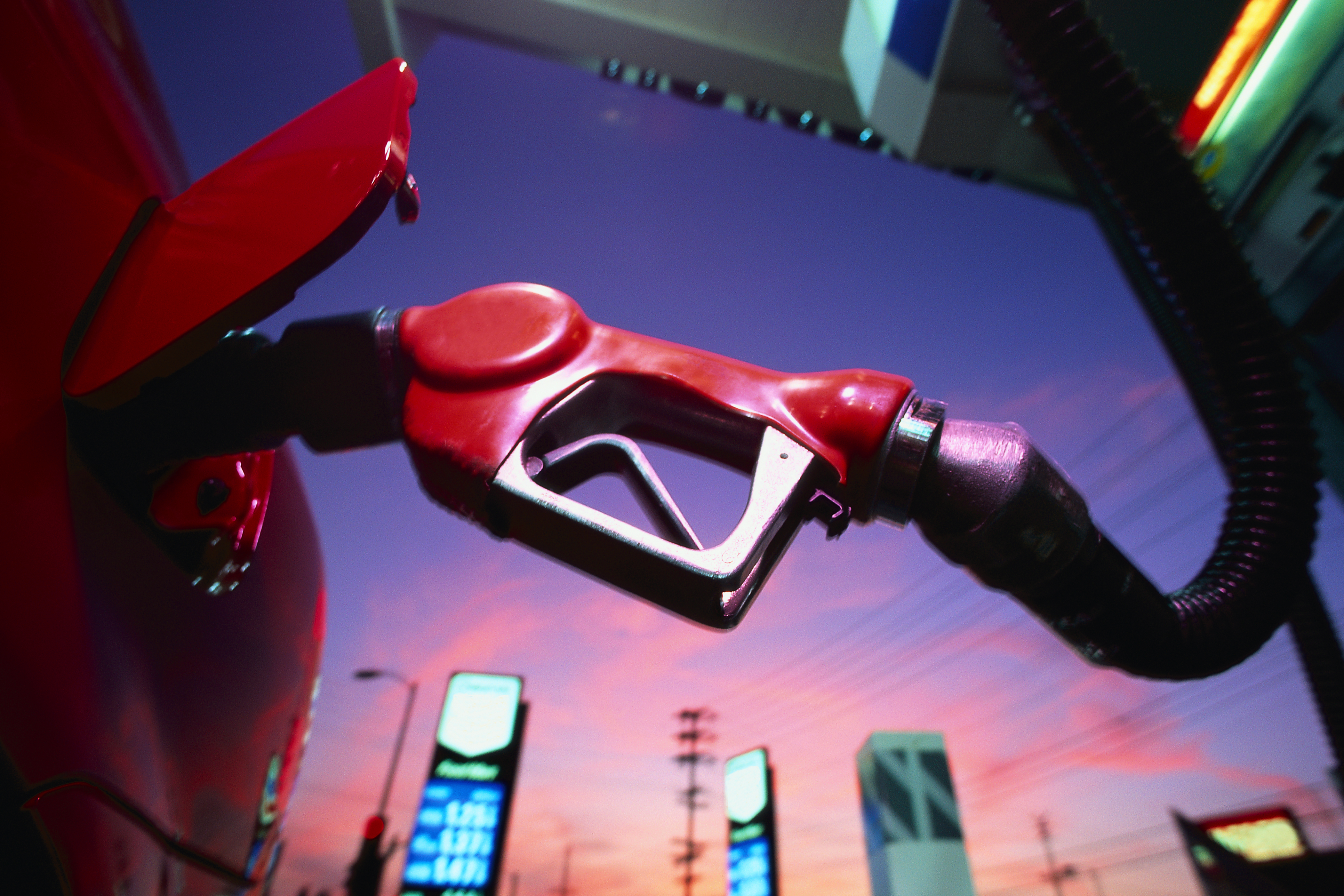 |
Since 2006, the EPA and numerous industry segments have been working to put cleaner diesel equipment on the road and retrofit or replace older equipment to minimize emissions. So far, the program is making breathing a lot easier for everyone by providing almost $470 million in funding from 2008 to 2010, across all industries in both stationary and mobile diesel equipment through the NCDC and Diesel Emissions Reduction Program (DERA).
According to the EPA, this funding went to 350 grantees and was used to retrofit, replace, or repower more than 50,000 vehicles and equipment, resulting in emissions reductions of at least 203,900 tons of nitrogen oxide (NOx) and 12,500 tons of particulate matter (PM) over the life of the engines. In addition, the program has realized carbon monoxide (CO) emissions reductions of 48,000 tons, hydrocarbon (HC) emissions reductions of 18,000 tons, and carbon dioxide (CO2) emissions reductions of 2.3 million tons. Additional savings of diesel fuel from idling reduction is estimated at 205 million gallons.
Forget expensive calls to lawyers and consultants. With Enviro.BLR.com, you get instant access, 24/7. Try it out today and get an the 2013 EHS Salary Guide, absolutely free. Download Now.
What does that mean in terms of health benefits? The EPA estimates these pollutant emissions reductions can be associated with as many as 1,400 fewer early deaths, fewer hospital visits, and related impacts totaling $3.4 billion to $8.2 billion.
In addition, EPA’s SmartWay Transport Partnership targeted more than $300 million in funding to clean up the nation’s supply chain via intermodal hubs, including ports and delivery centers. One of the first such programs, SmartWay was launched in 2004 and is supported by multiple partners, including the transportation and trucking industries, environmental organizations, states, and other related companies. As of early 2013, SmartWay programs have saved 65 million barrels of fuel worth about $8.1 billion and equivalent to taking more than 5 million cars off the road and eliminated 28 million metric tons of CO2, 478,000 tons of NOx, and 22,000 tons of PM.
To accomplish these emissions reductions, the EPA has used both common sense and innovation to ensure each engine is equipped with the most effective technologies. One method is to retrofit engines with such aftermarket technologies as oxidation catalysts, closed crankcase ventilation, diesel particulate filters, or selective catalytic reduction. Another sensible solution is idling reduction via auxiliary power units, direct fire heaters, tires and trailer skirts, and shore power or truck-stop electrification using clean fuels. Idling reduction is especially valuable in Clean Air Act nonattainment areas and coastal zones where emissions reductions are required under State Air Quality Implementation Plans.
Everything You Need for Environmental Compliance
Enviro.BLR.com puts everything you need at your fingertips, including practical RCRA, CAA, CWA, hazardous waste regulatory analysis and activity, news, and compliance tools. Try it at no cost or risk and get a FREE report.
Innovative new technologies are also key to EPA’s clean diesel mission. Working in partnerships, manufacturers and fleet operators are combining forces to develop and test new technologies for potential verification by the EPA and use by industry. Since 2008, the Emerging Technologies (ET) program has supported development and testing of 17 different technologies, including two that were added as fleet options: a selective catalytic reduction (SCR) system for nonroad equipment and a marine engine upgrade kit.
The NCDC continues to address specific sectors and geographic areas with high emissions. It is important to note as well that the program is addressing diesel engines that have long life spans so even with the above accomplishments, the EPA estimates that more than 11 million heavily polluting “legacy” fleet engines are now in use and 1.5 million of these will likely remain in use by 2030, or longer. Toward that end, in January 2011, President Obama signed legislation reauthorizing the DERA grant program, allowing up to $100 million each year for FY 2012 through FY 2016 via annual appropriations. To date, the DERA program is so successful that the EPA reports funding requests have exceeded funding availability by as much as seven-to-one.
